In the field of automatic identification and data collection (AIDC), barcodes and labels have become indispensable information carriers in commodity circulation, warehousing and logistics, and production management. The key to determining the quality and reliability of these label prints is often hidden in the seemingly ordinary ribbons. Ribbon slitting, as the last and one of the most critical processes in ribbon production, directly determines the final performance of the ribbon. An excellent ribbon slitting machine continues to define new standards for slitting with its core technology, driving the entire industry towards higher precision and efficiency.
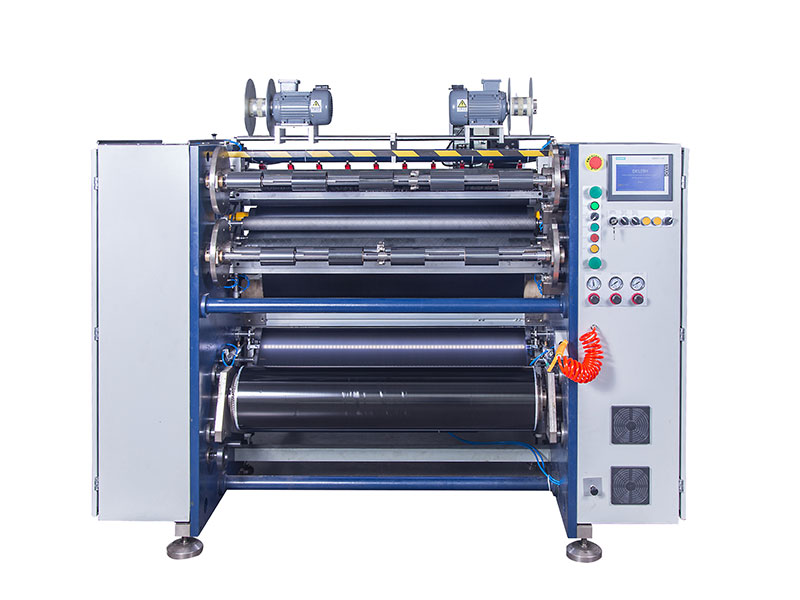
1. The core of accuracy: the competition of microns, defining a new standard for slitting quality
Traditional slitting machines may meet basic width requirements, but for high-end printing applications, any minor burrs, edge misalignments, or width deviations can lead to printhead damage, blurred prints, or frequent tape breaks.
Core technology embodiment:
• Ultra-high precision tension control system: Tension fluctuations during slitting are the culprits of wrinkles, tensile deformation, and even broken belts. The new generation of ribbon slitting machine adopts full closed-loop servo tension control, which can sense and fine-tune the tension of unwinding, winding and intermediate traction links in real time, ensuring that the ribbon is slitted under constant and appropriate tension from beginning to end, so as to obtain a mirror-like flat end face.
• "Zero burr" cutting technology: Truly "clean cutting" is achieved through a circular knife supported by ultra-high precision air bearings, a blade with an exclusive heat treatment process, and runout control with nano-level accuracy. The slitted ribbon has smooth edges without any fiber residue, which greatly extends the life of the print head and ensures flawless printing results.
• Automatic Deviation Correction System (EPC): Using a high-resolution CCD sensor or ultrasonic probe, the system will instantly instruct the actuator to correct the slitting sub-roll in real time.
The new standard defines slitting quality as no longer just "meeting width tolerances", but pursuing "zero defects" – no burrs, no ruffles, no internal wrinkles, and a neat roll diameter. This provides downstream printing users with unprecedented stability and reliability.
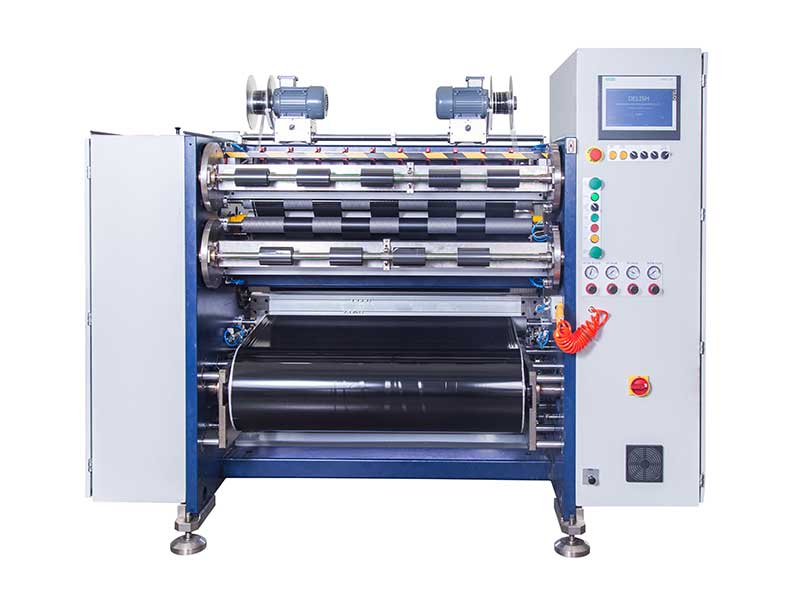
2. The core of intelligence: AI empowerment, defining new standards for production efficiency
Modern production requires not only quality, but also efficiency. Traditional slitting machines are highly dependent on the experience of the operator, and there is a lot of non-value-added time in the process of changing the roll, receiving materials, and testing.
Core technology embodiment:
• Fully automatic loading and unloading and changing system: Integrate robots or automation mechanisms to realize automatic loading of master rolls, automatic feeding of empty paper tubes, and automatic unloading of finished rolls. Liberate operators from heavy manual labor and realize "unmanned" on-duty production.
• Intelligent Production Management System (MES): As a node of the smart factory, the slitting machine can upload production data (such as meters, width, shift output, equipment status, etc.) in real time. Managers can remotely monitor the operation status of each equipment to realize intelligent scheduling, material traceability and performance analysis of production planning.
• AI visual defect detection: In the high-speed slitting process, by integrating high-speed industrial cameras, AI algorithms are used to detect defects on the surface of ribbon master coils in real time, such as uneven coating, scratches, foreign objects, etc., and automatically mark or sort to put quality control in front and prevent defective products from flowing into the hands of customers.
The new standard defines that the improvement of production efficiency has changed from "improving the speed of a single equipment" to "optimizing the overall production efficiency". Through intelligence and automation, shorter delivery cycles, lower labor costs and higher overall equipment effectiveness (OEE) are achieved.
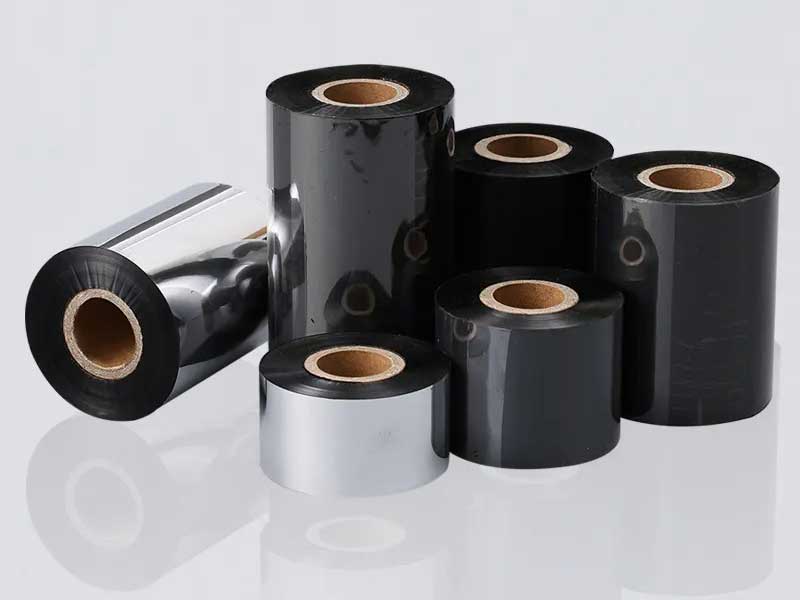
3. The core of flexibility: one machine with multiple capabilities, defining a new standard for market response
Market demand is becoming more diverse and personalized, and ribbon specifications (width, length, material) are ever-changing. Whether it can quickly and cost-effectively respond to small batches and multi-variety orders has become the core competitiveness of ribbon manufacturers.
Core technology embodiment:
• Modular design: The unwinding unit, winding unit, and cutting unit of the slitting machine are all modular design. Adapted parts can be quickly replaced according to different materials of ribbons (such as wax-based, mixed-based, and resin-based) to achieve multi-purpose in one machine.
• Quick Specification Change System (SMED): Realize automatic adjustment of tool position and width through user-friendly HMI (human-machine interface) and precise mechanical design. The time required to change a production specification has been reduced from hours to minutes, greatly increasing the production flexibility of the equipment.
• Multi-function winding technology: A slitting machine can simultaneously slice a variety of sub-rolls of different widths and lengths, and can adapt to different sizes of paper tubes. This ultimate flexible production capability makes handling special orders a breeze.
The new standard definition: The value of slitting machines is no longer limited to large-scale production, but has become a powerful tool for enterprises to achieve "flexible manufacturing", which can quickly adapt to market changes and seize opportunities in every market segment.
epilogue
Ribbon slitting has evolved from a simple physical cutting process to a high-tech process integrating precision mechanics, intelligent control, sensing technology, and data science. Core technology is the fundamental driving force behind this evolution. It makes the slitting accuracy reach the micron level, makes the production process intelligent, and makes the equipment unprecedentedly flexible.
It is with these core technologies that modern ribbon slitting machines are constantly defining new standards for slitting – a new standard for extreme quality, efficiency and infinite flexibility. It not only empowers ribbon manufacturers to win the market, but also promotes the sustainable development of the entire automatic identification industry to a higher level by providing better and more reliable ribbon products. Choosing a slitting machine with core technology is choosing to embrace the future and stand on the commanding heights of new standards.
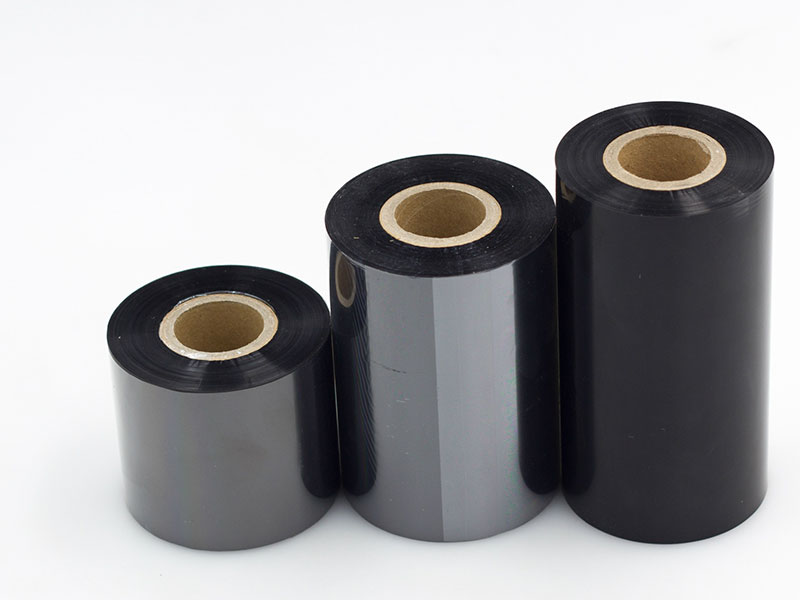
In the future, the tension control of the ribbon slitting machine will be more intelligent, adaptive and environmentally friendly.
05. December, 2025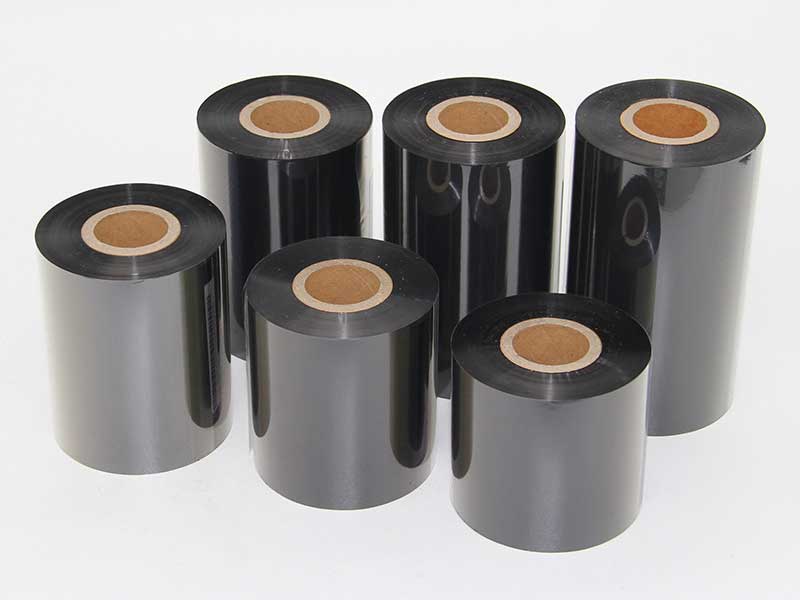
his article will provide an in-depth analysis of the core functions of ribbon slitting machines and explore how they achieve the dual goals of "reducing costs and increasing efficiency".
05. December, 2025
A good slitting machine needs to ensure that each ribbon is evenly tensioned, has flat edges, is free of burrs and wrinkles.
05. December, 2025
Its brilliance lies in the fact that it breaks the traditional paradox of "high efficiency must be high cost" through technological upgrading, and realizes the synergy and unity of the two.
01. December, 2025
With its relentless pursuit of 'precision,' it quietly defines the upper limit of backend printing quality.
01. December, 2025